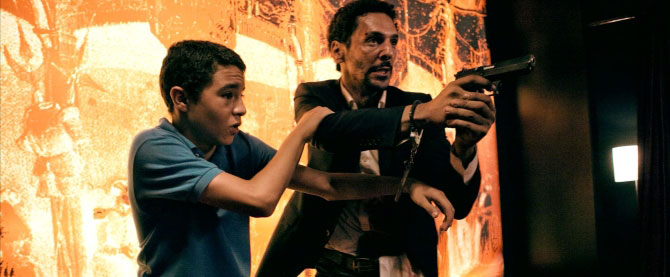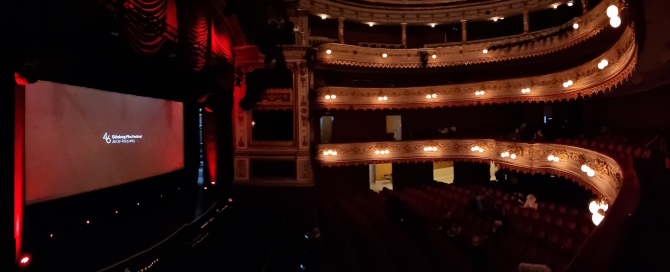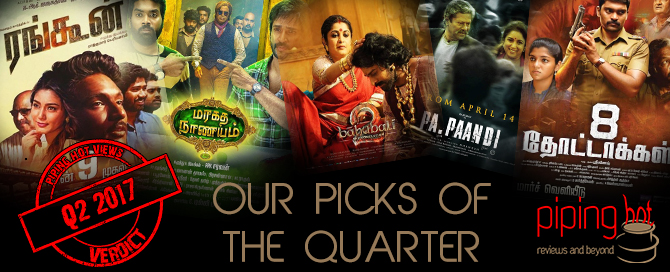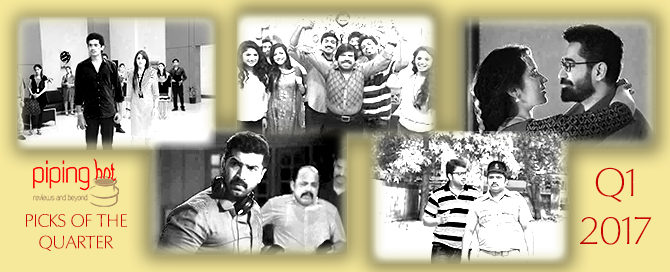An excerpt from the book, The Art of Movies, by Nicolae Sfetcu states, “In film, a Remake is a newer version of a previously released film or a newer version of the source (play, novel, story, etc.) of a previously made film. The term “remake” is generally used in reference to a movie which uses an earlier movie as the main source material, rather than in reference to a second, later movie based on the same source.” (P.S. Without delving in to adaptations of novels and comics here, let’s just restrict this to remakes of movies alone).
The concept of remaking an older film is quite popular in Hollywood. With the exception of remakes such as the 1998 Psycho – which is almost a shot-for-shot color recreation of the 1960 film and the 2013 Jurrasic Park – a 3D version of the 1993 original, remakes generally make significant character, plot, theme and name changes.
Shifting to Our Very Own Indian Cinema, from time immemorial the same story or script has been remade or dubbed many times because of the many regional film industries viz Bollywood, Kollywood, Tollywood etc. This is something unique to our country. The Amitabhs, Rajinikanths, Kamals, Rajkumars, Chiranjeevis, Mohanlals, Mammootys and Various Khans have all shared several scripts after making subtle changes to suit their acting styles and the tastes of their fans. This also proved to be an opportunity for the fans to relish and compare the acting of these legends to a similar story. This trend is still evolving today with all the modern stars additionally being open to playing cameos in one another’s films.
In the wake of any debate on the topic of remakes, the filmmaker is often questioned on two fronts:

We seldom feel even a pinch of empathy for the directors who take up remakes head-on and infuse their style, knowing all of these questions that are bound to be hurled at them!
While there are folks who watch the original and the remade versions just to learn how the script was tuned for a different audience, there are few who watch it out of curiosity to know how much resembled the original. All of this boils down to the audience’s exposure to the original which brings us to our topic on how it influences film buffs’ appreciation approach towards remakes and the question it presents – whether it is a good practice to watch the original when you hear one of your own is going to remake a film.
To provide my perspective on this, I will take the example of 2 recent Tamil films which coincidentally have Kamal Haasan as the protagonist, viz. Papanasam & Thoonga Vanam.
Most movie-buffs had seen Mohanlal’s Drishyam before it was announced that Kamal Haasan was going to remake it as Papanasam. And most of them felt that if only they had been privy to that information they would have skipped it for Kamal created a new dimension to the role that Lalettan played in his own inimitable way. Contemplate on this thought – if you hadn’t known previously that Kamal would get away from the Cops, how nail-biting a finale it might have been. Most of the reviews echoed (in most cases Bemoaned) the fact the reviewer had made the mistake of watching the original before watching Papanasam.

In conclusion, one can say that the engagement quotient suffers a huge loss when one has watched the original, especially when a versatile actor like Kamal is out there on the field who always surprises with his innovation. But, it is always better to put the “Finding Fault” attitude away if one wants to enjoy cinema as a stand-alone product on the merit of its execution without drawing comparisons.
Column written by Anand Sethuraman.







Leave A Comment